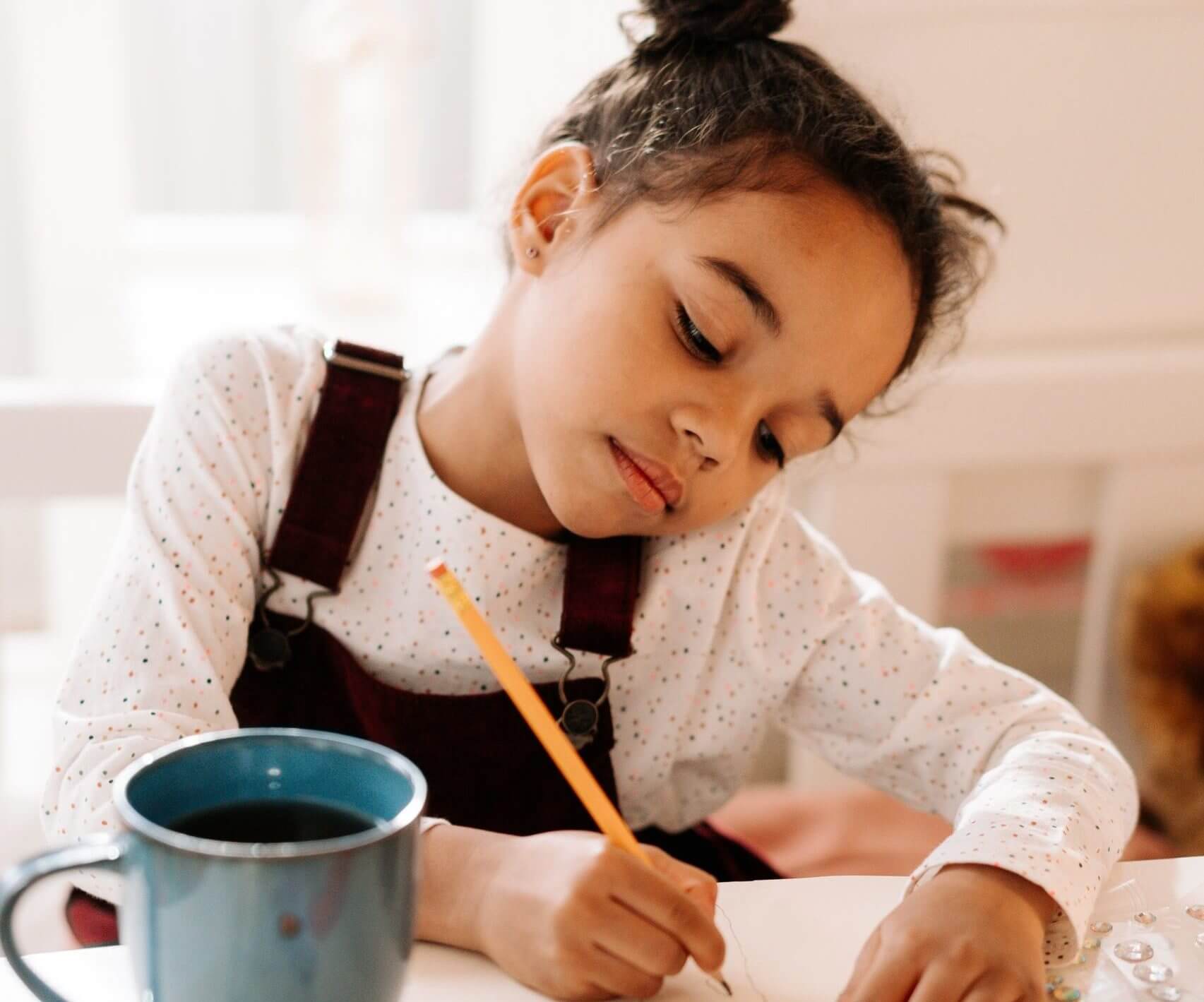As we near the conclusion of this unprecedented school year, understanding and addressing what has been lost in our children’s learning during the COVID-19 pandemic is a pivotal topic as we prepare for the fall term and post pandemic education. This first post in a two-part series explores why this question of “loss of learning” is so important, how we can address the layers of learning loss most productively, and what we as caregivers can do to support our children to close gaps in the months ahead.
Loss of Learning is Layered
Quantitative research has attempted to calculate loss of academic learning by extrapolating a student’s learning trajectory from prior standardized testing and assessment and comparing the results to a student’s current standing. Based on emerging data, students in underserved minority communities with less access to technology and in-person learning options have by far sustained the greatest toll due to lack of engagement and support. While this data is important for future research and educational policy, standardized testing does raise concerns. These concerns include equity, preparedness for testing for those who face learning challenges, and the risk that one’s child will be labeled as further behind than they are, especially for those in communities with fewer resources.
Qualitative research in education and psychology has revealed other layers of loss. Children are surviving a pandemic and experiencing a massive loss of control and unexpected change at best, and grief and trauma at worst. Research shows that students who are scared, grieving, and anxious are not able to learn to their fullest potential. Students who are disconnected socially and emotionally, and do not have adequate structure and consistency, are not learning as well as those who are connected and supported. Fortunately, recent studies are revealing that certain aspects of connection and support can be remarkably effective in insulating students from learning losses.
Keep the Big Picture in Mind
When unpacking the layers of learning loss, it is important that we are not coming from a place of anxiety and fear. Learning gaps are not new. They have always existed for many students and have now widened. Considering the big picture allows us to see both losses and the ways students have managed to navigate this disruption in their learning. This can in turn help us avoid the unproductive “all or nothing” thinking that can arise from prolonged stress and pressure to meet expectations that feel out of reach for educators, caregivers, and children right now.
Practical Ways to Address Learning Loss
It is beneficial to acknowledge and move on from learning losses our children have experienced that we cannot change and focus instead on what is within our circle of control. We do have direct influence over our home environment. Below are practical ways that caregivers can support learning in the home in the months ahead.
Take a proactive role in your student’s academic trajectory and enrichment opportunities
- Team up with your child’s teachers to clearly identify lagging skills.
- Review the resources teachers provide to educate yourself on reading levels, and writing and math curriculum standards.
- Pull out any workbooks, games, and project kits you may tucked away.
- Layer in skill building in virtual and physical environments that appeal to children’s innate interests in hands-on activities, nature, and exploration to keep them motivated and engaged.
Aim to create an environment that is socially and emotionally responsive
- Maintain positive “big picture” thinking.
- Connect your child’s difficult behaviors to the underlying feelings and thoughts.
- Provide strategies for navigating difficult emotions.
- Schedule time to connect with your own peers and help your child do the same. It will support your student in understanding and experiencing firsthand that social relationships are resilient even during hardships. These relationships can survive and thrive even when spending time together in person is not possible.
- Approach discipline from a positive angle.
- Model emotional regulation.
Make the most of executive functioning skill building opportunities in the day-to-day
Consider the following example tasks that help children practice planning, task sequencing, and persistence:
- Write a grocery list.
- Make breakfast.
- Build origami art.
- Put laundry away.
- Prepare and run through a checklist of final steps before leaving home:
- Is phone charged and secured in pocket/bag?
- Pack bag – mask, house key, and any weather specific necessities like umbrella and jacket
- Am I wearing the right shoes for the day’s activities and weather?
- Lock front door
In the second post of this series, we will look more closely at practical ways that we can use this summer as an opportunity to close gaps.
Path Ahead
Recent research on ways to address learning loss in the year ahead points to tutoring, both one-on-one and in small group settings, as holding a unique promise for closing gaps. Studies on remote learning have shown that if students have a facilitator or mentor — someone to help with technology and focus — they can perform just as well, and in some cases better, in virtual classes. At Organizational Tutors we are committed to creating access to targeted one-on-one support for students this summer to make the year ahead as successful as possible for all. Please contact us for more information and resources.


